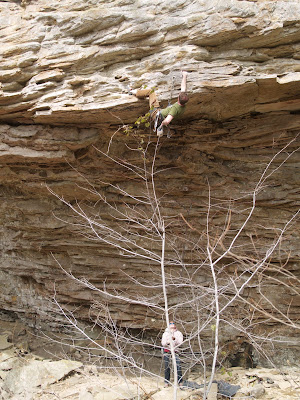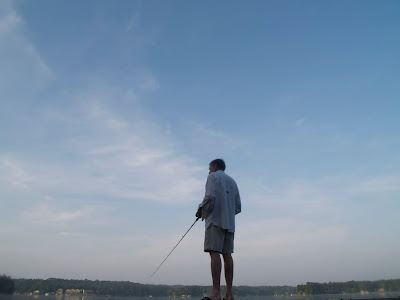
Mycobacterium leprae is an acid fast Gram-positive bacterium, with a slow doubling time of 14 days. The slow doubling time is due to the restricted intake of nutrients through the pores in the large waxy walls. Mycobacteria, as genus, are typically found in the soil, water and in the air.Leprosy is very specified when it comes to infecting hosts. Its ideal conditions are around 33 degrees C, which is lower than most mammals. Mammals with lower temperatures are better hosts for leprosy. That is why only a few species are known to be carriers of M. leprae. This is also why in humans, leprosy tends to be found primarily at the peripheral nerves. Hands and feet tend to be cooler than the core body temperature, providing a more habitable environment for M. leprae.

A few years ago an 81-year old Mississippi woman presented to her dermatologist with a dry patch of skin. Further laboratory investigation revealed the woman had leprosy. This was an odd case because each year only about 150 people are diagnosed with leprosy in the United States and these cases usually result from travel to other areas where the disease is more prevalent. However, there have been several anecdotal reports of leprosy in humans who have handled, killed or eaten armadillos, or who may have been indirectly exposed by gardening in soil where the animals burrow, as was the case for 81-year old Mississippi woman. Here is a video from a TV station in Texas in response to a study published recently in the New England Journal of Medicine.



















